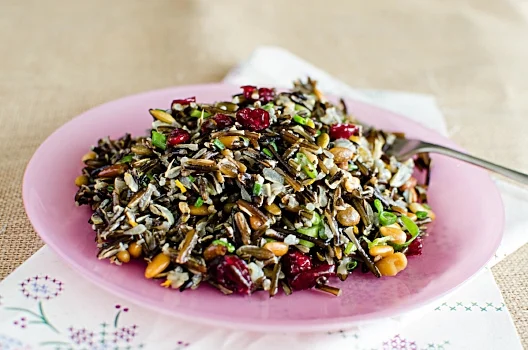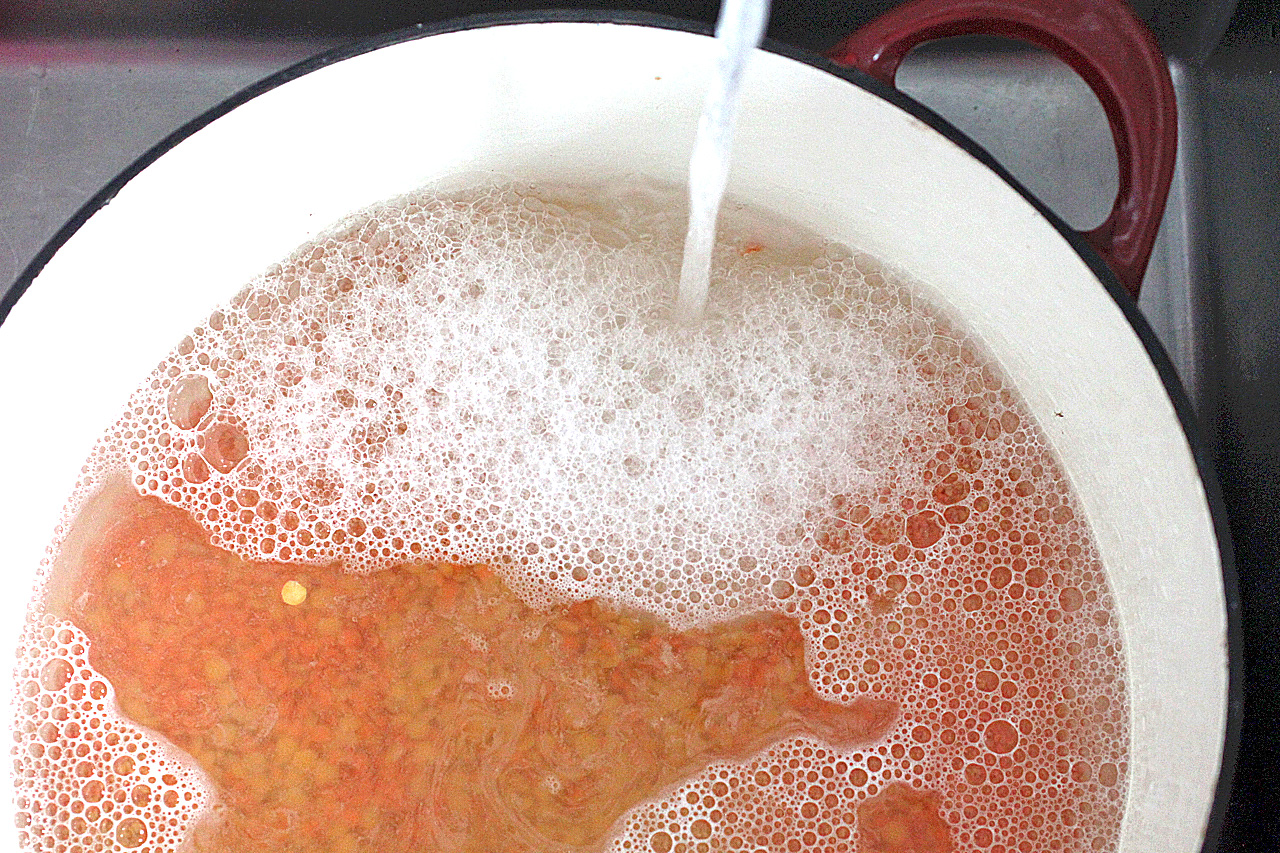HOMEMADE CHICKEN THIGH SHOYU RAMEN
Secretly, when I go out of town, my husband goes to the store and buys instant ramen noodles. He won't admit it or mention it when I'm gone, but I come back to the evidence stuffed in our trash can...
I decided to try to make ramen from scratch and outdo the store bought stuff! Although, traditional ramen can take up to 3 days to make a proper broth, etc., I was not up to that task. I was a bit under the weather and wanted this ramen to do double duty as my medicinal chicken soup. SO I decided to do a delicious homemade chicken stock, infuse it with a little kombu and finish it with a shoyu-based tare. All of the terms are a bit confusing, but Serious Eats does a great breakdown of all of the different types of ramen.
The best part of ramen are the fixings! What to put in your ramen? I used crispy chicken thighs, sliced red chilies, bean sprouts, baby bok choy, corn, scallions and some enoki mushrooms, and this kept it super fresh and light. Whenever I’m in the Japanese store getting ingredients, I also pick up a few packs of fish balls from the freezer section. These are made from fish paste, cook up quickly and taste delicious in ramen, particularly if you just make a simple dashi base (water + kombu + bonito flakes). But you can get creative here: leftover chicken, spinach, ground beef, pork belly……whatever you want! Enjoy!
Ingredients
Serves 4 to 6
For the Dashi and Tare:
2 quarts homemade or store-bought chicken stock
1 (10” x 4”) piece of kombu, wiped clean with a damp cloth
¼ cup shoyu (Japanese soy sauce)
2 tablespoons mirin
3 tablespoons sake
For the Ramen:
3 tablespoons canola oil, plus more if necessary
4 – 6 boneless chicken thighs, skin-on and room temperature
6 garlic cloves, minced
3 tablespoons toasted sesame oil
4-6 (3 oz) packages dried ramen noodles (if using fresh or homemade, replace each 3 oz dried with 5 oz. fresh)**
2 to 3 pieces baby bok choy, halved
½ cup enoki mushrooms, cleaned
3 large eggs, soft boiled*
2 scallions, thinly sliced
2 small red chilies, thinly sliced
2/3 cup corn, cooked
Salt, to taste
Other optional garnishes: togarashi, nori sheets, menma (fermented bamboo shoots), white pepper
Preheat the oven to 400° F.
For the dashi and tare:
Place the 2 quarts stock in a large pot and add the kombu. Let soak 30 minutes. Slowly, bring the stock up to a simmer and simmer for 6 minutes. Remove the kombu and discard. Reserve the stock in the pot until ready to serve.
In a separate bowl, combine the shoyu, mirin and sake and set aside.
For the Ramen:
In a large sauté pan, heat the canola oil over medium-high heat. Make sure the chicken thighs are very dry and season on both sides with salt. Place the thighs skin-side down in the hot pan and lower the heat to medium. Cook for about 5 to 7 minutes until the skin crisps. Flip and cook another minute. Transfer to a sheet pan and finish in the oven for 10 minutes. Let rest about 5 minutes and then slice the thighs to desired thickness.
In the same pan, add the minced garlic. If the thighs haven’t rendered enough fat/drippings, add a little more oil, just enough to coat the garlic. Cook for another 3 to 4 minutes until browned. Strain infused oil into a bowl and add the sesame oil. If you want, you can also blend the oil with the garlic to make it extra potent. Set aside until ready to serve.
Heat a large pot of water. Boil noodles per package directions until al dente. Drain.
To Assemble:
Bring infused stock up to a boil and add the shoyu mixture.
Divide the cooked noodles and broth between the bowls. Top with the sliced chicken, bok choy, enoki mushrooms, eggs, scallions, sliced chilies and corn. Drizzle a teaspoon or two of the garlic sesame oil over each bowl.
Serve immediately.
*Eggs should be boiled only for about 7 minutes. The yolk shouldn’t be completely set.
**If you are up to the task, making your own ramen noodles from scratch can be fun. Ramen noodles aren’t just your average pasta noodle - they have to be able to stand up to sitting in a bowl of hot broth and keeping their signature chewy texture. If you were to use a regular pasta dough, the noodles would be overcooked by the time you got through the entire bowl.
What gives ramen noodles their texture and color, believe it or not, is the addition of one particular ingredient: Kansui, or alkaline minerals. It’s difficult to find this ingredient if you don’t have a good Japanese store near you, but you can make it at home, I bet you have it in your pantry right now! Baking soda. All you have to do is bake the soda for an hour at a low temp to change the properties from bicarbonate to carbonate. It’s really that simple!
For the Noodles:
3 g baking soda
150 g lukewarm water
2 g sea salt
300 g all purpose flour
Preheat the oven to 250° F. Sprinkle the baking soda on a sheet tray and bake it in oven for about an hour. You can bake more than the recipe amount and keep the excess stored in an airtight jar indefinitely.
Mix the water, baked baking soda and salt in a bowl until dissolved. Measure flour into another bowl, and then add the water mixture. Combine together and make a very flaky loose, crumbly dough. Form mixture in to a ball and knead for about 5-10 minutes.
The dough will be a lot more tough than pasta dough, and that is exactly what you want. After the dough is smooth, wrap and keep at room temp for an hour.
Cut the dough into 4- 6 pieces. You can then break out the pasta machine and roll the dough until the 2nd to last setting. I cheat and put my dough through the spaghetti attachment instead of cutting by hand….up to you.















